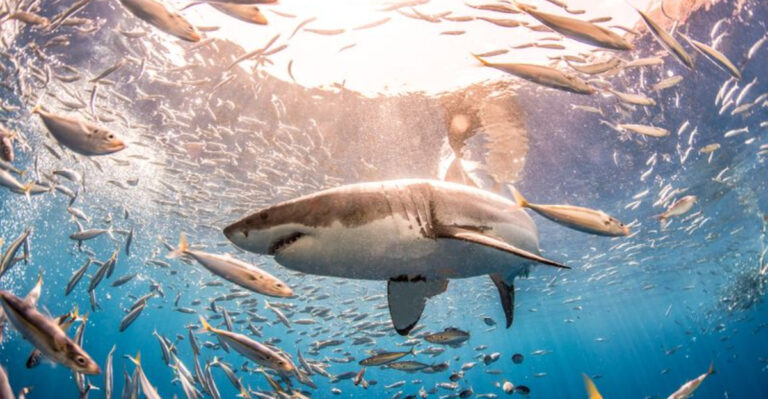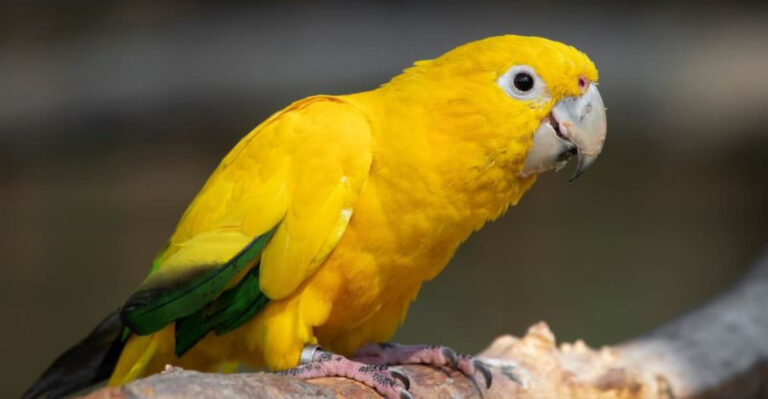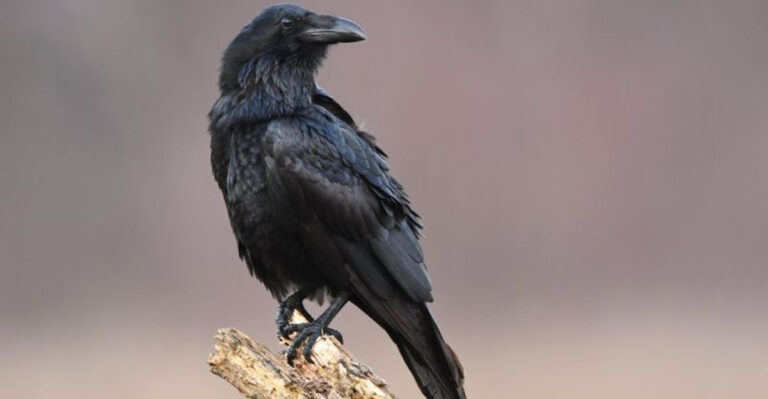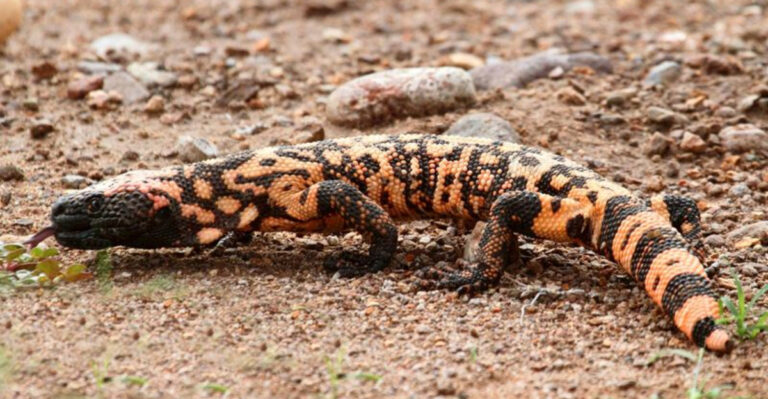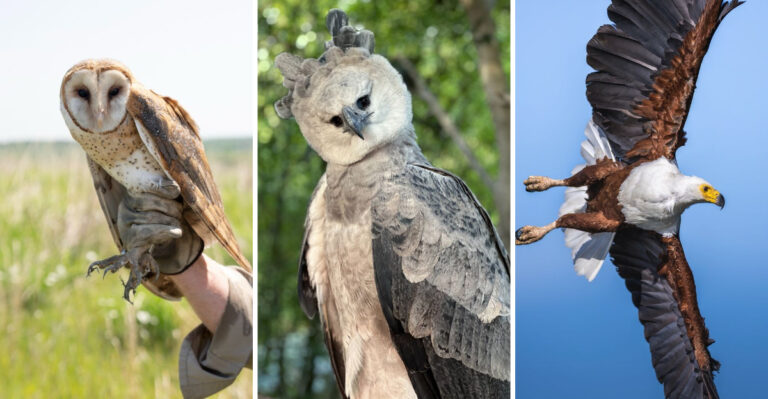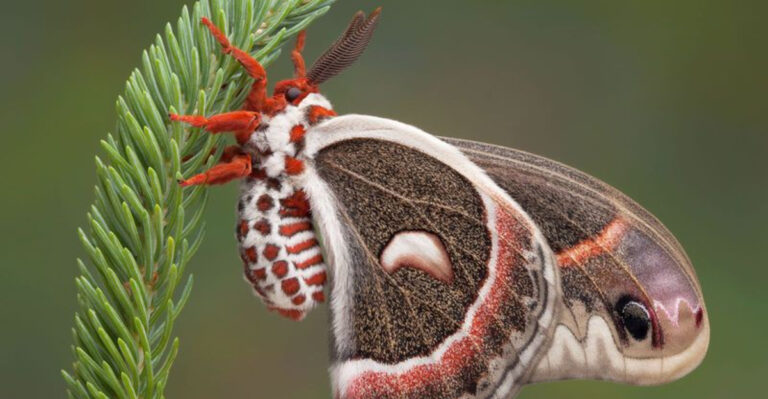Why Big Cats Are Disappearing And How We Can Still Save Them
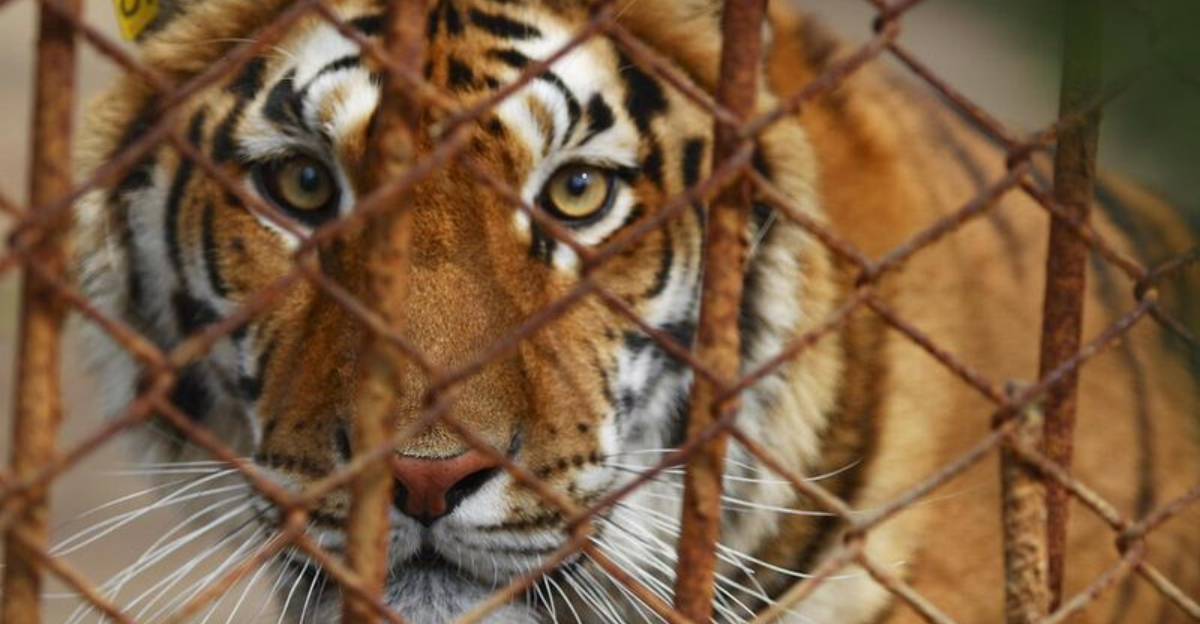
Our planet’s magnificent big cats – from majestic lions to elusive snow leopards – are vanishing at alarming rates.
These apex predators maintain the delicate balance of ecosystems worldwide, yet their numbers continue to plummet due to human activities. Understanding why these incredible animals are disappearing is the first crucial step toward ensuring their survival for generations to come.
1. Habitat Loss Is Pushing Them Out
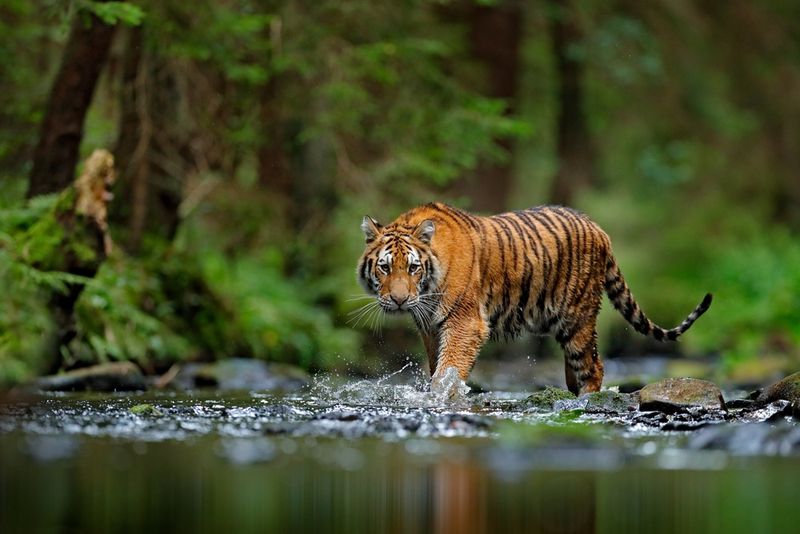
Bulldozers and chainsaws are erasing big cat territories daily. Forests transform into farmland while grasslands become shopping centers, leaving these animals with nowhere to go.
A single tiger may need up to 100 square kilometers to thrive. When their space shrinks, cats can’t find enough food or mates. Many desperate animals end up wandering into villages or dying silently in shrinking patches of wilderness.
2. Poaching Remains A Lethal Threat
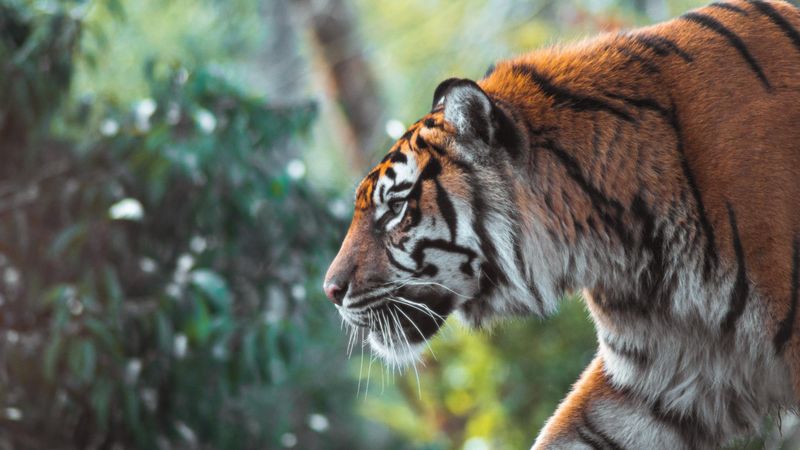
Beneath the shadows of trees, wire snares wait silently. Poachers target big cats for their valuable parts – tiger bones for traditional medicine, leopard skins for luxury items, lion teeth for jewelry.
A single tiger can fetch up to $50,000 on black markets. Despite international bans, underground networks continue operating with sophisticated equipment and routes. For many impoverished locals, one successful hunt equals years of legitimate income.
3. Human-Wildlife Conflict Is Growing
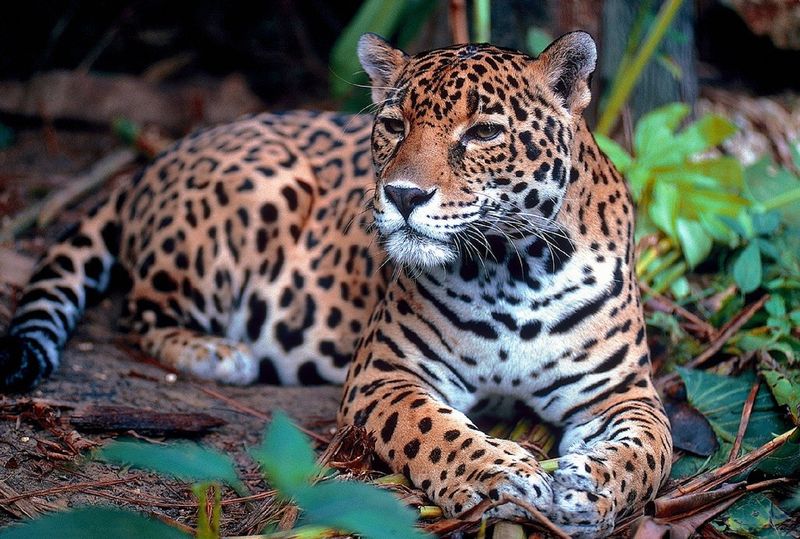
Hunger drives desperate cats toward livestock when natural prey becomes scarce. A farmer losing even one cow represents devastating financial loss in developing regions.
Communities respond by setting poisoned bait or organizing hunting parties to eliminate the threat. Modern technology helps track conflict hotspots, allowing conservationists to implement solutions like predator-proof enclosures and compensation programs before retaliatory killings occur.
4. Trophy Hunting Still Happens
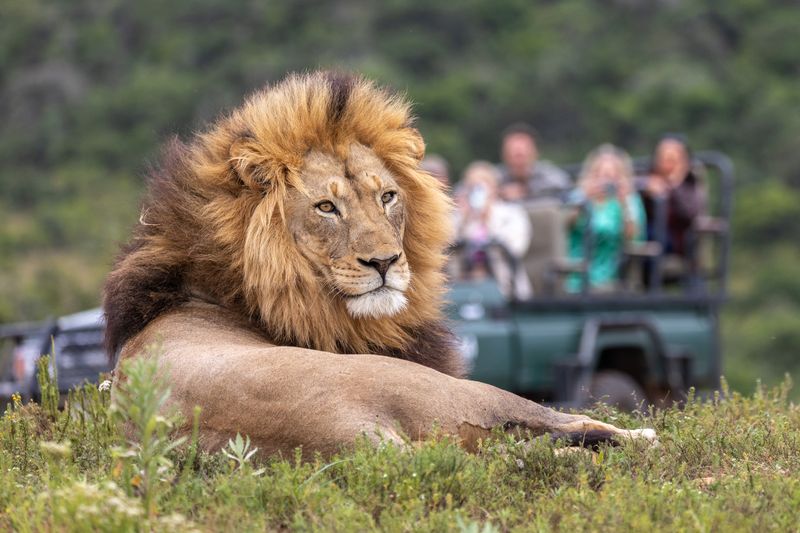
Wealthy hunters pay tens of thousands of dollars to shoot a lion or leopard. Proponents argue the fees fund conservation, but critics point to corruption and population impacts.
Cecil the lion’s 2015 killing sparked global outrage when the beloved research animal was lured outside a protected area. Male lions maintain pride stability and protect cubs; removing them often leads to infanticide when new males take over.
5. Climate Change Is Disrupting Ecosystems
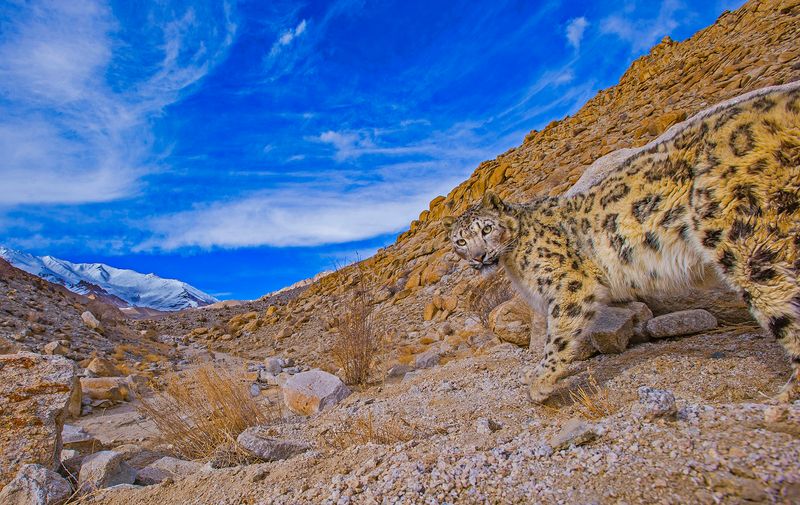
Snow leopards face vanishing mountain habitats as warming temperatures push tree lines higher. Cheetahs endure increasingly frequent droughts that decimate prey populations across African grasslands.
Changing rainfall patterns alter vegetation, disrupting entire food chains. Big cats evolved over millions of years to perfectly match specific environments. Now climate shifts are happening faster than these specialized hunters can adapt, forcing them into unfamiliar territories or declining numbers.
6. Roads And Railways Fragment Their Range
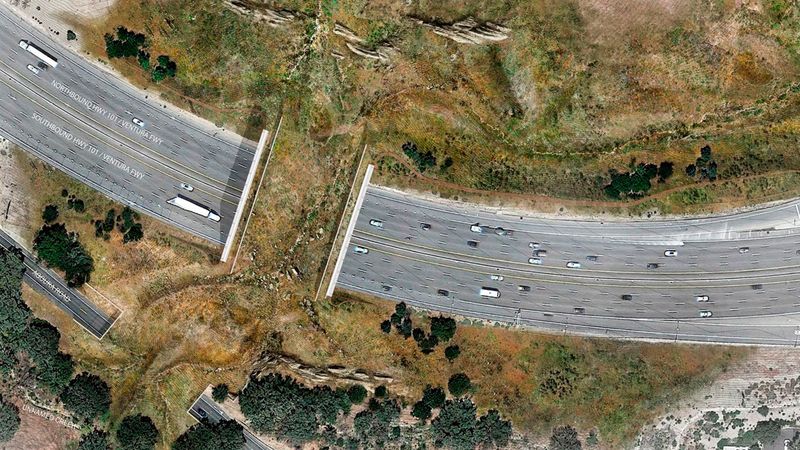
Massive infrastructure projects slice through once-continuous habitats. A highway might seem insignificant to humans, but represents an impassable barrier for many wildlife species.
Isolated populations face genetic bottlenecks and inbreeding depression. Innovative solutions include wildlife overpasses and underpasses that reconnect fragmented habitats. India’s tiger corridors demonstrate how thoughtful planning can maintain genetic connectivity while allowing human development.
7. Loss Of Prey Species Is Starving Them
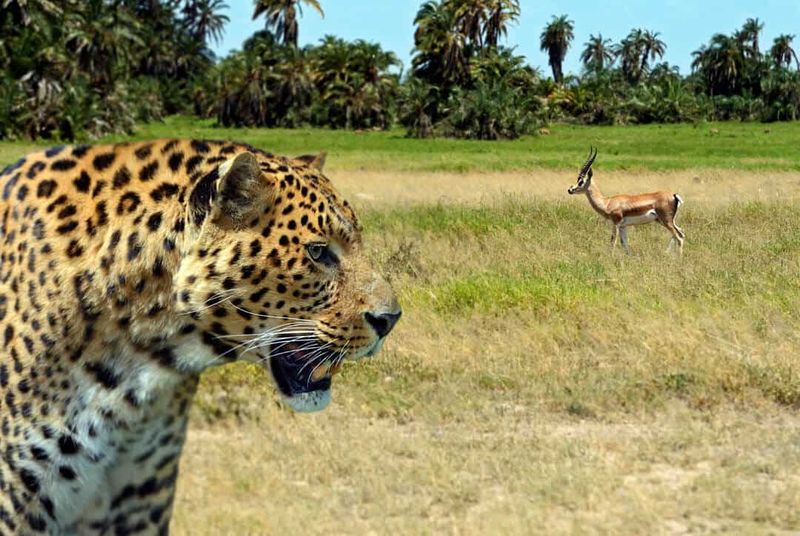
Bushmeat hunting removes deer, antelope and wild pigs from forests, leaving carnivores without meals. Commercial hunters supply growing urban markets with wild meat, emptying forests of the animals big cats depend on.
Tigers need to consume approximately 50 large prey annually to survive and reproduce. When prey populations crash, cats either starve or venture near villages seeking livestock. Conservation now includes protecting ungulates and other prey species alongside the predators themselves.
8. Captivity And Pet Trade Are Rising
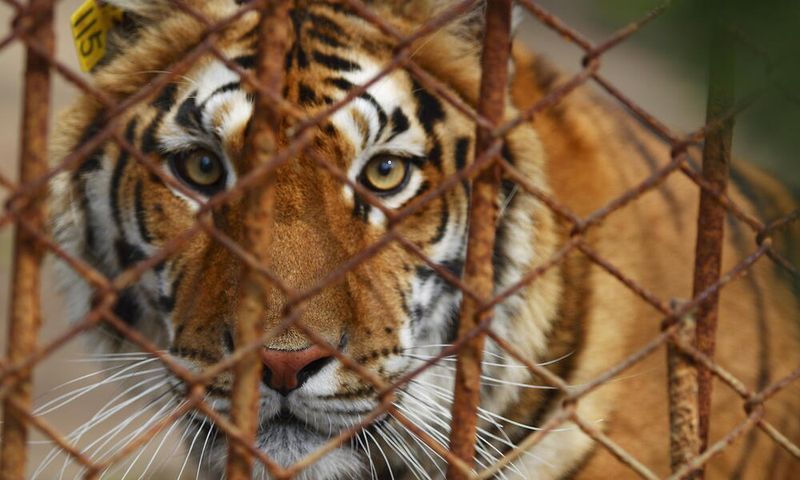
More tigers live in American backyards than remain in the wild. Social media fuels exotic pet demand, with cubs selling for thousands of dollars despite the danger and ethical concerns.
Most private owners cannot meet these animals’ complex needs. Roadside attractions offer cub-petting experiences, breeding cats continuously to maintain a supply of adorable babies. After growing too large for handling, many face lifelong confinement in substandard conditions or euthanasia.
9. Weak Law Enforcement Enables Poachers
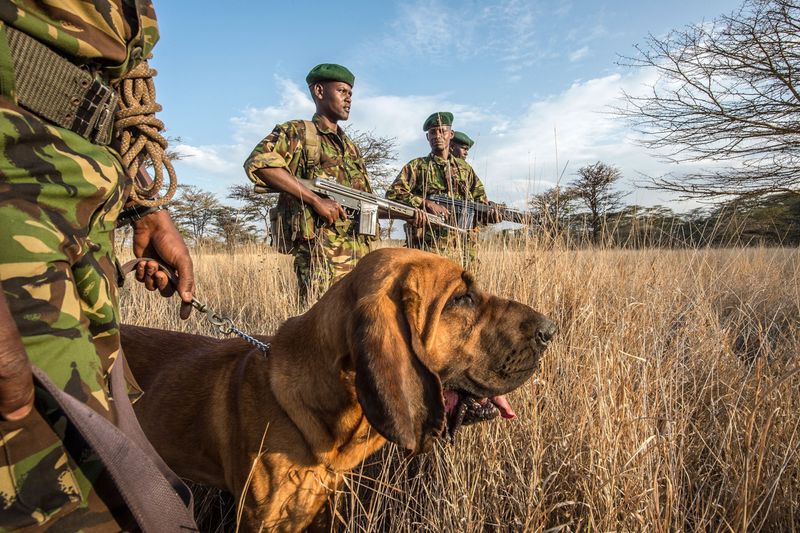
Rangers protecting vast wilderness areas often lack basic equipment like boots and binoculars. Many wildlife departments operate with skeleton crews covering territories larger than small countries.
Corruption further undermines protection efforts when officials accept bribes to look away. Success stories demonstrate what’s possible with proper resources – Nepal achieved zero rhino poaching years through coordinated enforcement, community involvement, and technology adoption.
10. Genetic Diversity Is Declining
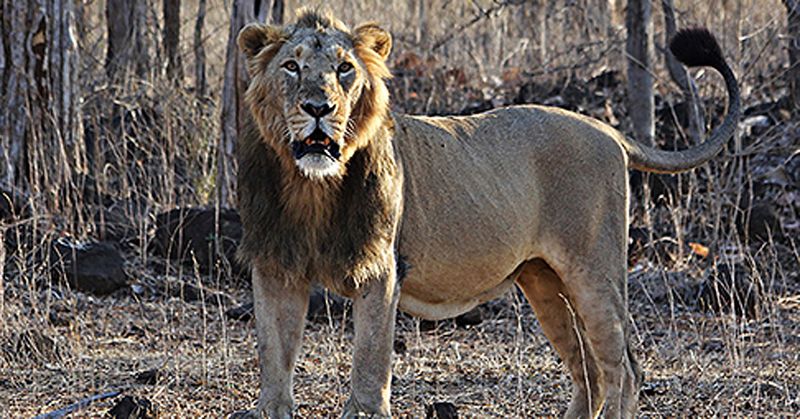
Asiatic lions survive as a single population of approximately 600 individuals in India’s Gir Forest. One disease outbreak could potentially wipe out the entire subspecies.
Small, isolated populations face increased inbreeding risks. Florida panthers developed heart defects and reproductive problems until genetic rescue through introduced Texas cougars. Conservation breeding programs maintain careful studbooks, but wild genetic diversity represents irreplaceable evolutionary history shaped over millions of years.
11. Conservation Areas Are Underfunded
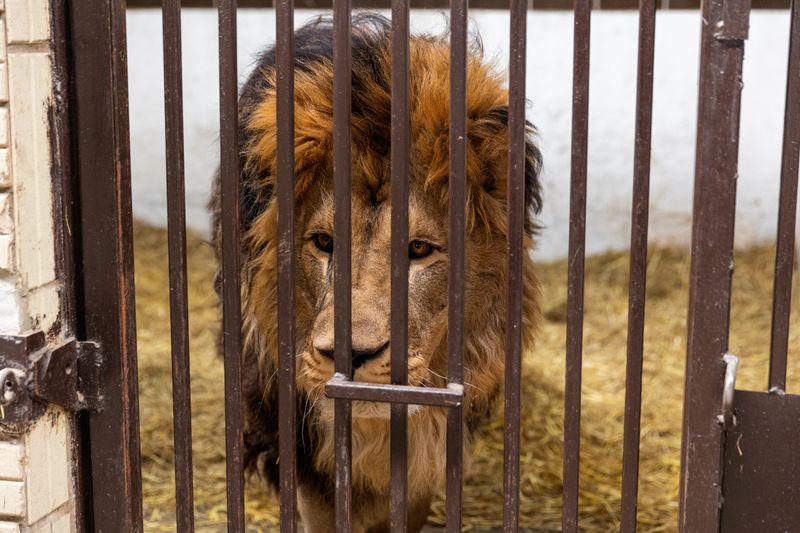
Protected areas often exist on paper but lack resources for actual protection. Guards patrol without proper equipment while research and monitoring go underfunded.
National parks in developing nations typically receive a fraction of needed budgets. Tourism revenue helps but fluctuates with global events. Innovative financing models now include carbon credits, corporate partnerships, and conservation trust funds that provide stable, long-term funding for critical habitat protection.
12. Local Communities Are Often Left Out
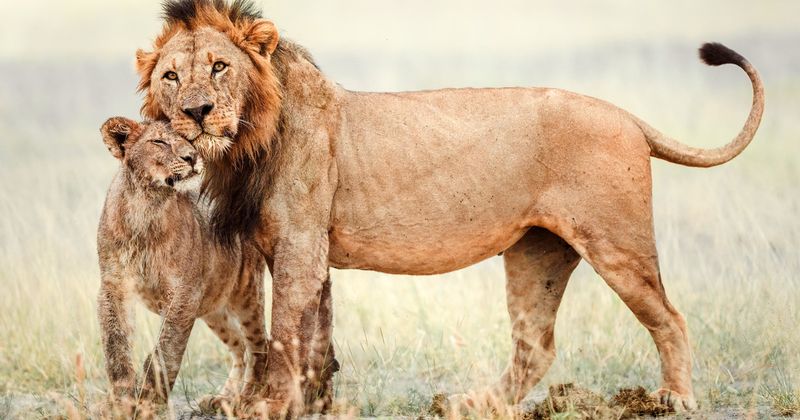
Conservation historically followed a fortress model, excluding people who lived alongside wildlife for generations. When locals see no benefits from protection efforts, they have little incentive to support them.
Successful programs now involve communities as conservation partners. Revenue-sharing from tourism, employment as guides or rangers, and sustainable development initiatives create economic incentives. When people benefit from living near big cats, they become their most dedicated protectors.
13. We Can Help – Starting With Awareness And Support
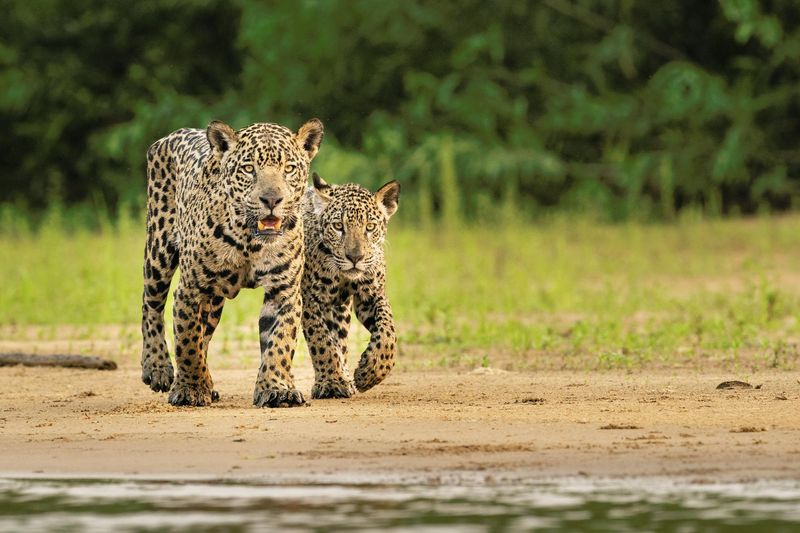
Everyone can contribute to big cat conservation regardless of location. Supporting reputable organizations sends resources directly to frontline protection efforts.
Avoiding products containing palm oil reduces habitat destruction in critical areas. Responsible tourism creates economic incentives for protection while raising awareness. Social media amplifies conservation messages when users share accurate information and success stories.

